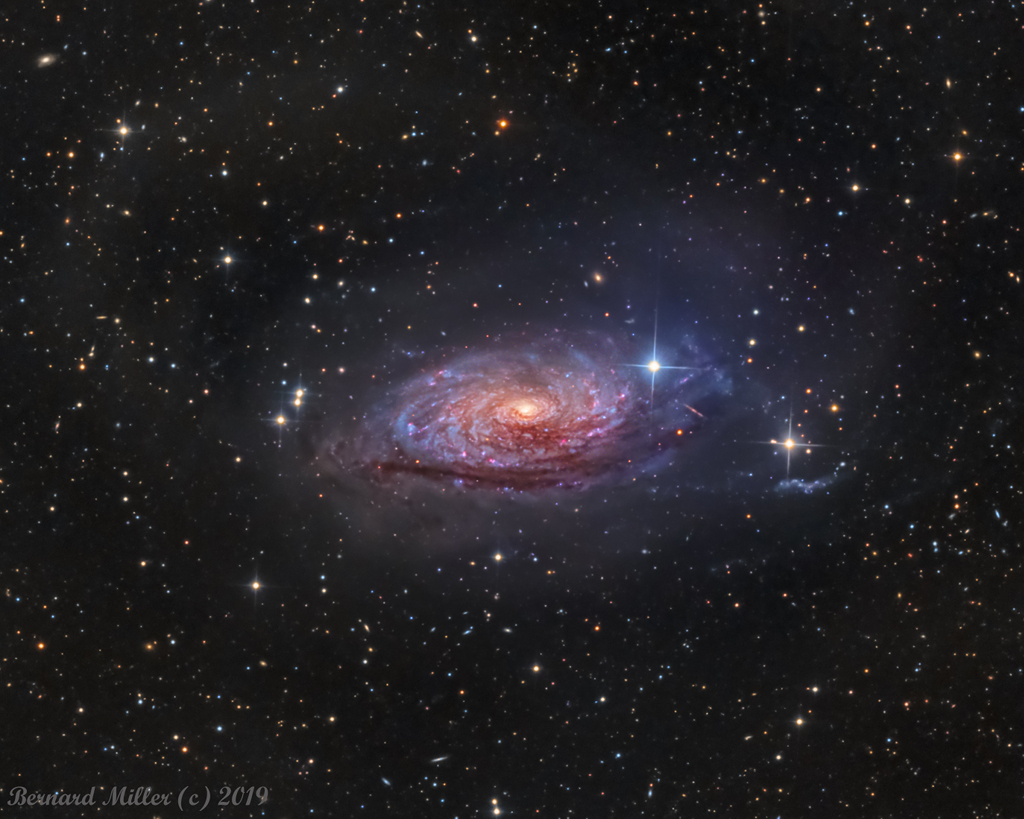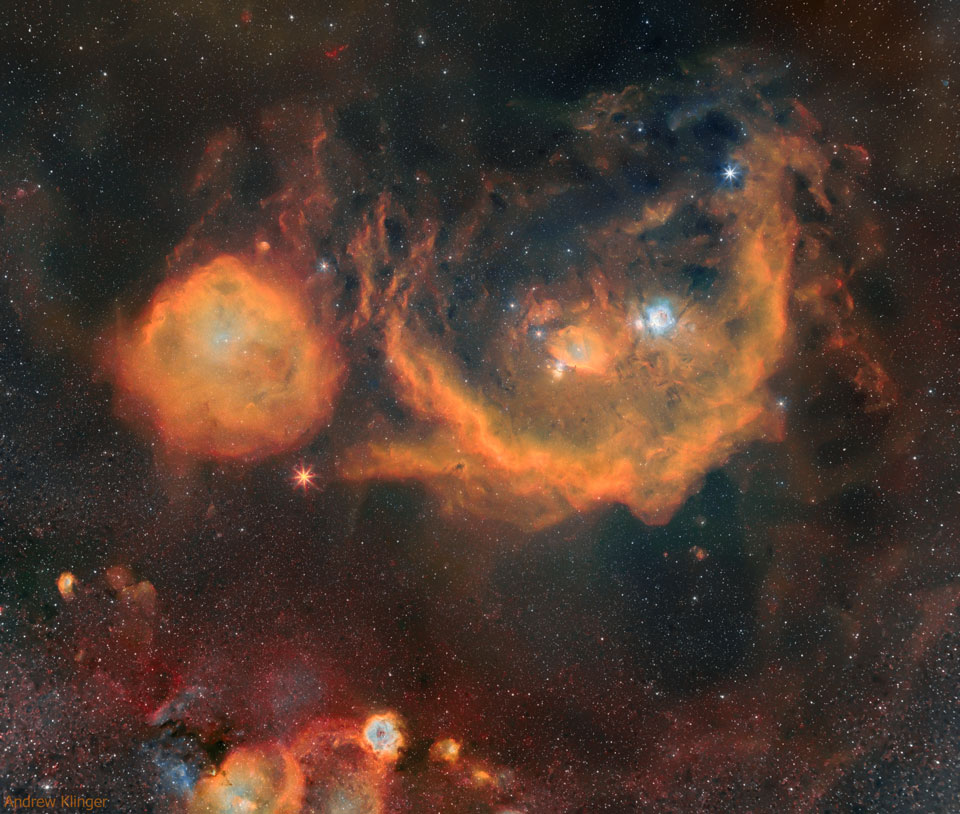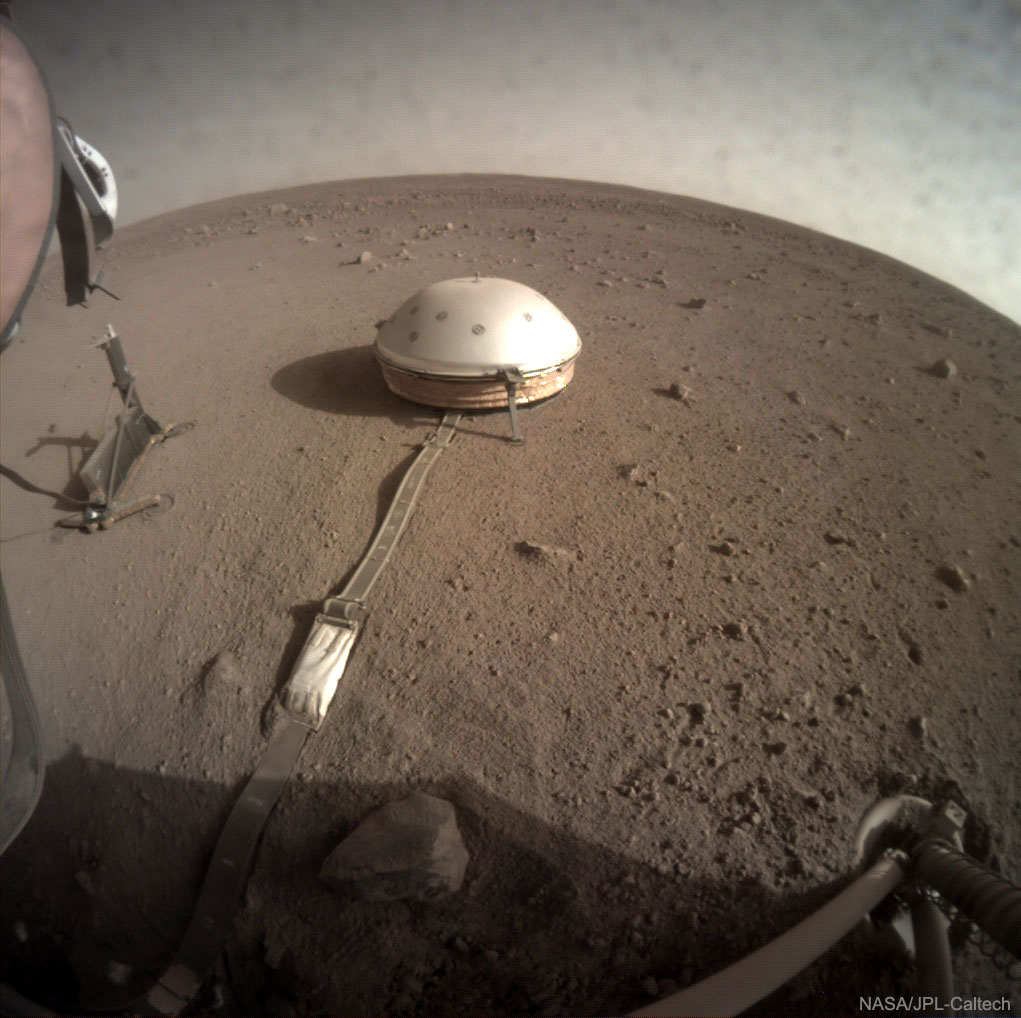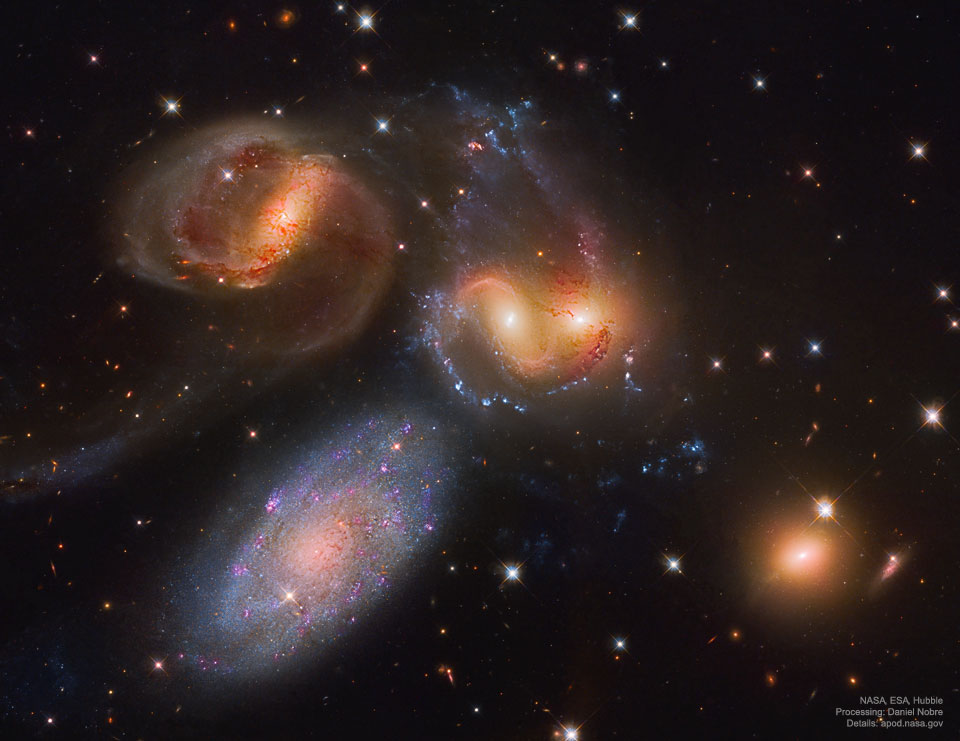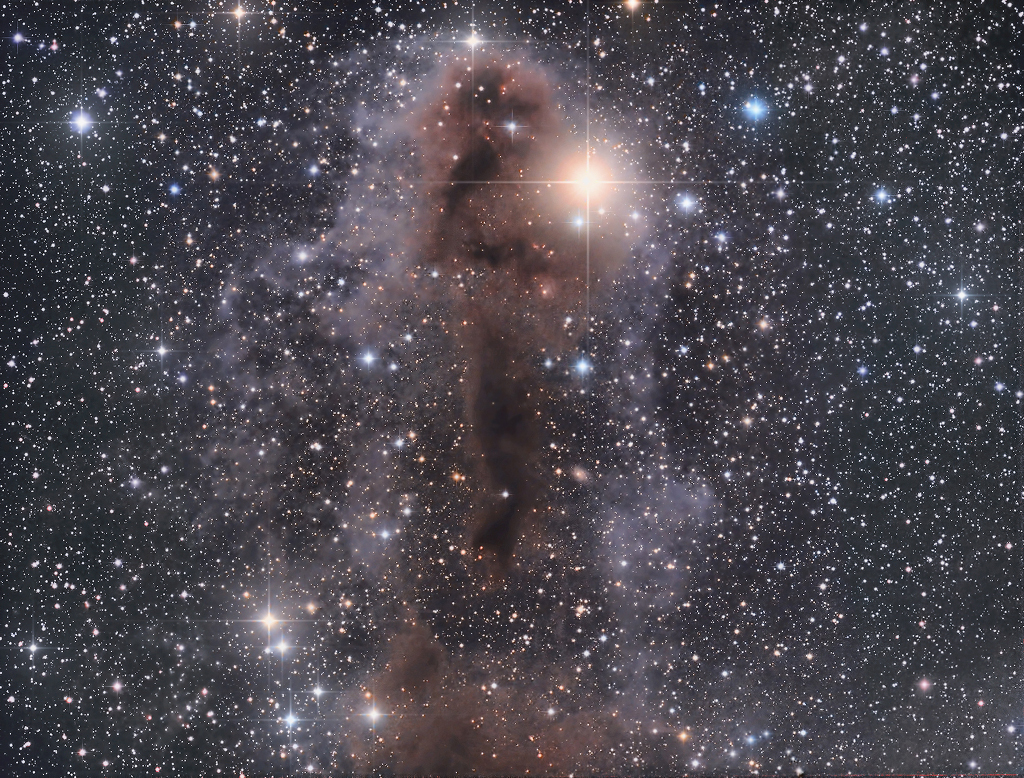
La Nasa a fait plancher les constructeurs aéronautiques sur des concepts d'avions bien plus économes. Boeing a répondu avec ce « Sugar », pour Subsonic Ultra Green Aircraft Research, baptisé Volt. La motorisation serait... hybride, avec une propulsion partiellement électrique, utilisable au décollage, ce qui réduirait le bruit et la consommation de carburant. Celle-ci serait diminuée de 70 % et la réduction globale en énergie (compte tenu des phases électriques) serait de 55 %. On remarque aussi le très grand allongement des ailes (rapport envergure-profondeur).
© Nasa, The Boeing Company
© Nasa, The Boeing Company
